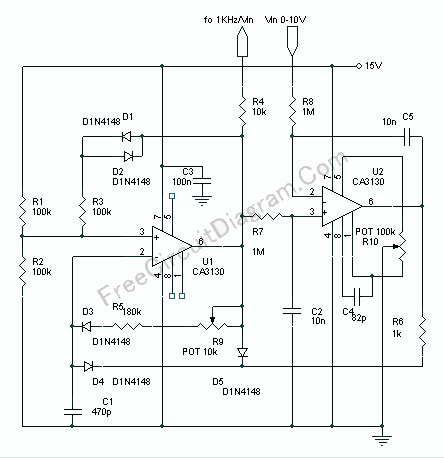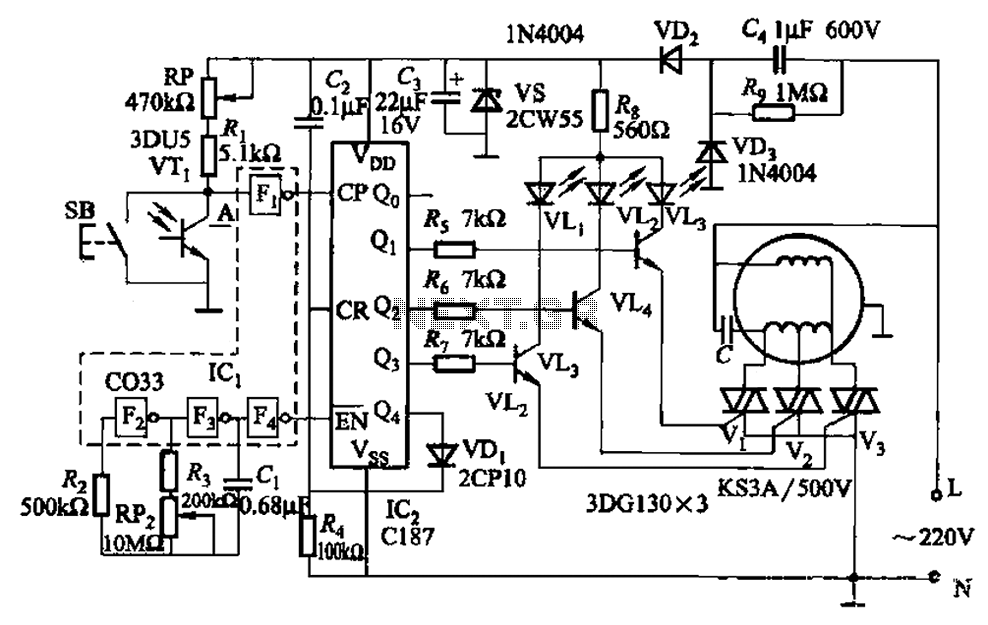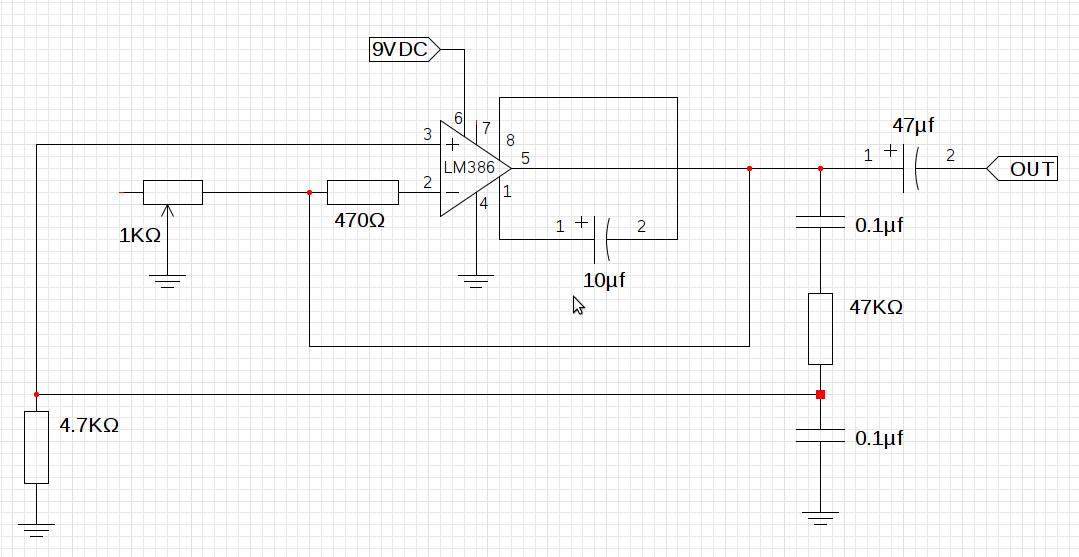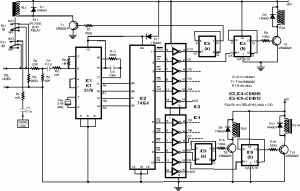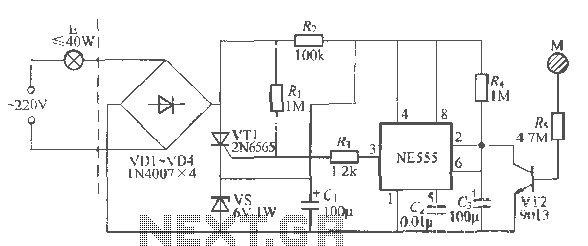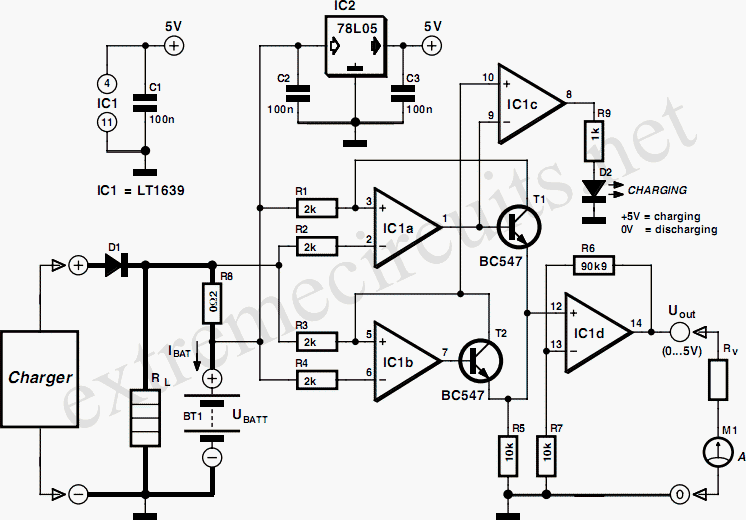
Remote control using VHF modules

Remote control utilizing VHF modules. Several designs for remote control switches using the VG40T and VG40R remote control pair are presented here. The miniature transmitter module illustrated in Fig. 1.
The VG40T and VG40R are VHF radio frequency (RF) modules commonly employed in wireless communication applications, particularly for remote control systems. The VG40T serves as the transmitter, converting electrical signals into RF signals, while the VG40R acts as the receiver, decoding the RF signals back into electrical signals for control applications.
The design of a remote control switch using these modules typically involves connecting the VG40T to a microcontroller or a simple switch circuit that generates the desired signal when activated. The transmitter module operates at a frequency of 433 MHz, which is a standard frequency for many remote control applications. It is essential to ensure that the power supply to the transmitter is stable and within the specified range to maintain reliable operation.
On the receiver side, the VG40R is connected to a microcontroller or relay circuit that interprets the incoming signals. The output can be used to control various devices, such as lights, motors, or other electronic equipment. The receiver's sensitivity and range are influenced by several factors, including the antenna design, the environment, and potential interference from other RF sources.
To enhance the performance of the remote control system, it is advisable to implement measures such as proper antenna matching and ensuring that the modules are housed in appropriate enclosures to minimize interference. Additionally, using error-checking protocols in the communication can improve reliability, especially in environments with significant RF noise.
Overall, the VG40T and VG40R modules provide a versatile solution for remote control applications, enabling users to design custom systems tailored to specific needs while maintaining ease of integration and operation.Remote control using VHF modules. A few designs for remote control switches, using VG40T and VG40R remote control pair, are shown here. The miniature transmitter module shown in Fig. 1, which. 🔗 External reference
The VG40T and VG40R are VHF radio frequency (RF) modules commonly employed in wireless communication applications, particularly for remote control systems. The VG40T serves as the transmitter, converting electrical signals into RF signals, while the VG40R acts as the receiver, decoding the RF signals back into electrical signals for control applications.
The design of a remote control switch using these modules typically involves connecting the VG40T to a microcontroller or a simple switch circuit that generates the desired signal when activated. The transmitter module operates at a frequency of 433 MHz, which is a standard frequency for many remote control applications. It is essential to ensure that the power supply to the transmitter is stable and within the specified range to maintain reliable operation.
On the receiver side, the VG40R is connected to a microcontroller or relay circuit that interprets the incoming signals. The output can be used to control various devices, such as lights, motors, or other electronic equipment. The receiver's sensitivity and range are influenced by several factors, including the antenna design, the environment, and potential interference from other RF sources.
To enhance the performance of the remote control system, it is advisable to implement measures such as proper antenna matching and ensuring that the modules are housed in appropriate enclosures to minimize interference. Additionally, using error-checking protocols in the communication can improve reliability, especially in environments with significant RF noise.
Overall, the VG40T and VG40R modules provide a versatile solution for remote control applications, enabling users to design custom systems tailored to specific needs while maintaining ease of integration and operation.Remote control using VHF modules. A few designs for remote control switches, using VG40T and VG40R remote control pair, are shown here. The miniature transmitter module shown in Fig. 1, which. 🔗 External reference
